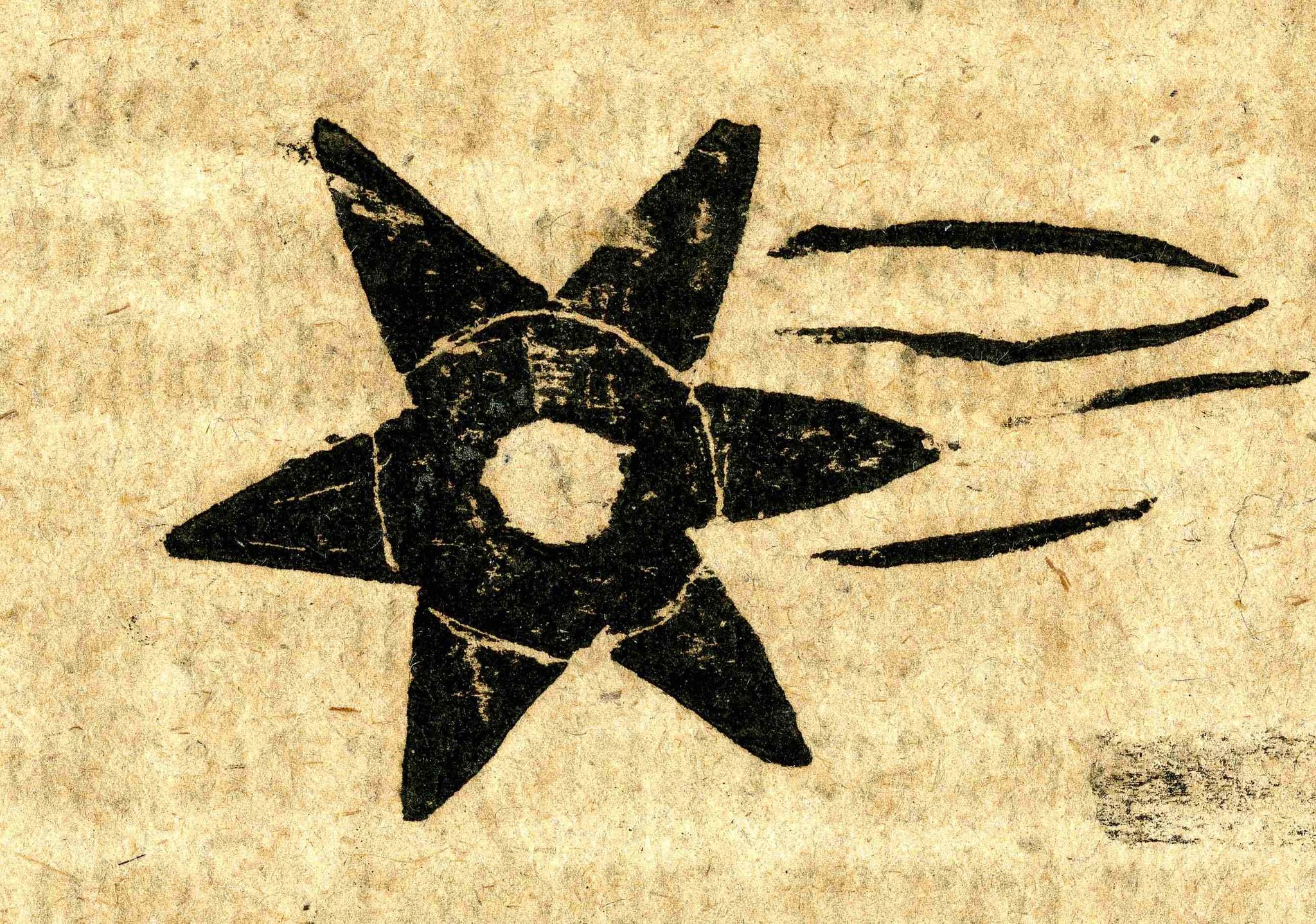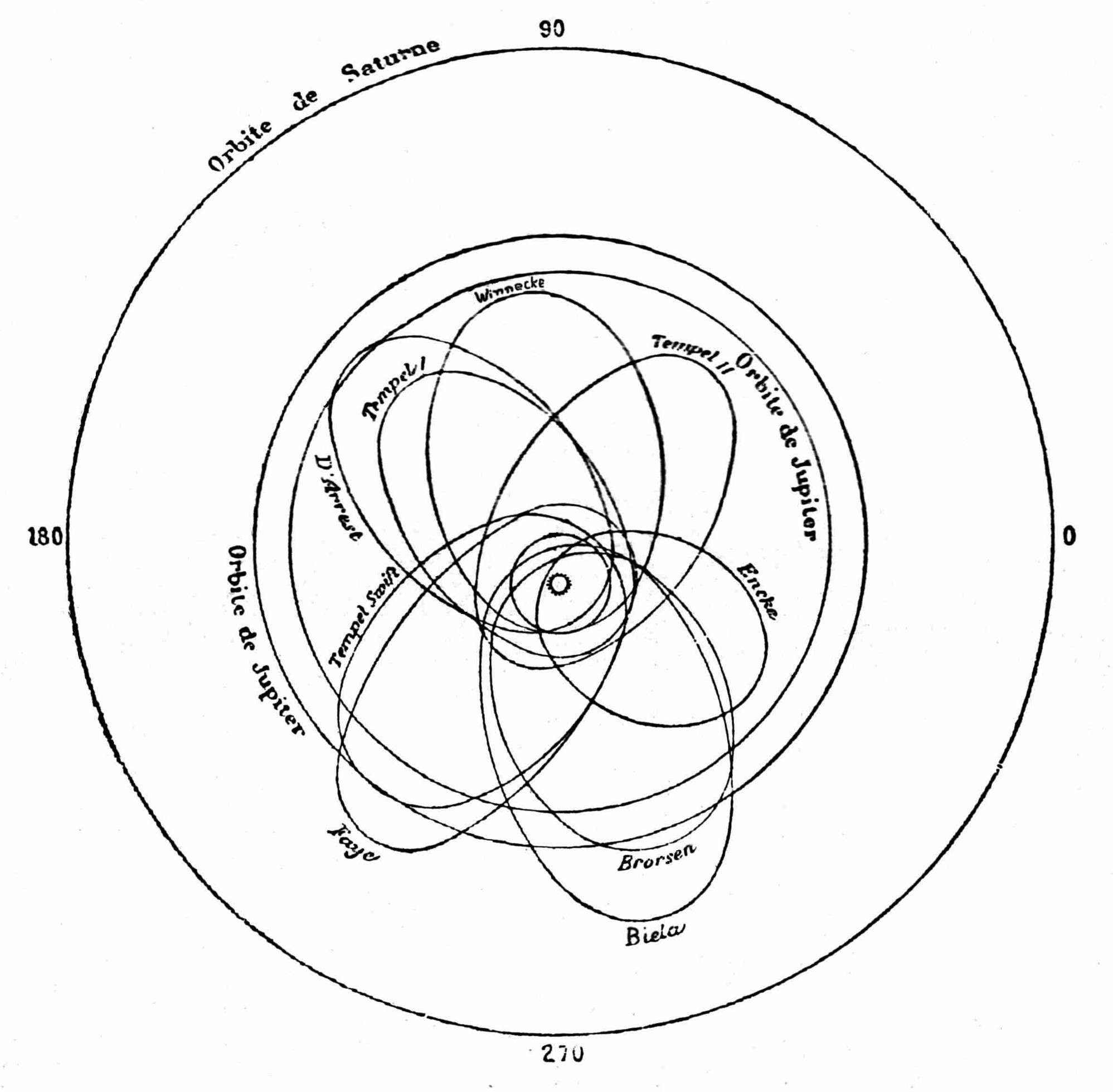Occasionally, a gravitational disturbance drives a comet into the solar system. Oort thought that this disturbance was related to the passage of a nearby star. We now think that the density waves that run through our Galaxy disturb the Oort cloud of comets, rather than the gravitational action of the stars. The objects that inhabit this reservoir were probably formed near the orbits of Uranus and Neptune, and were subsequently sent to the outer solar system by the gravitational perturbations of Jupiter and Saturn.
The scientists also identified another reservoir of comets, much closer than the Oort cloud but nevertheless located beyond the orbit of Neptune: the Kuiper belt of icy objects, between 30 and 55 astronomical units from the Sun.

To summarize, there are three types of comets, from two large reservoirs.
Some new comets come to us from a distant reservoir, the Oort cloud; their orbit is a highly elongated ellipse, almost a parabola, and their direction of arrival is arbitrary.
Others come to us from a closer reservoir, the Kuiper belt; they also have almost parabolic orbits, but they are relatively close to the plane of the ecliptic where the planets circulate.
Finally, periodic comets bring together the two previous categories; their trajectory has undergone gravitational perturbations from Jupiter and Saturn, and their orbit is a more or less elongated ellipse. Some of these comets, “captured” by Jupiter and called comets of the “Jupiter family,” gravitate closer to the Sun than the planet does, within five astronomical units from the Sun, with periods of less than 10 years. The 2P/Encke comet is the prototype of this class. Their orbit is close to the plane of the ecliptic because they come mostly from the Kuiper Belt. Having passed many times near the Sun, they have lost much of their reserve of ice as a result of the temperature increase, and are generally not very active and therefore not very bright. Other comets, those of the Halley family, have periods between 20 and 200 years and sometimes high inclinations; they generally come from the Oort cloud. These comets are the best known today; they can be very bright, like Halley’s comet in 1910 or comet C/1995 O1 Hale-Bopp in 1997.

Orbites de quelques comètes à courte période, « capturées » par le champ gravitationnel de Jupiter. Ce sont des comètes dites « de la famille de Jupiter ». Les deux cercles labellisés « orbite de Jupiter » ont pour rayon la distance au périhélie et à l’aphélie (le point le plus éloigné du Soleil). D’après L’Astronomie populaire / Flammarion, 1880.
Source : James Lequeux